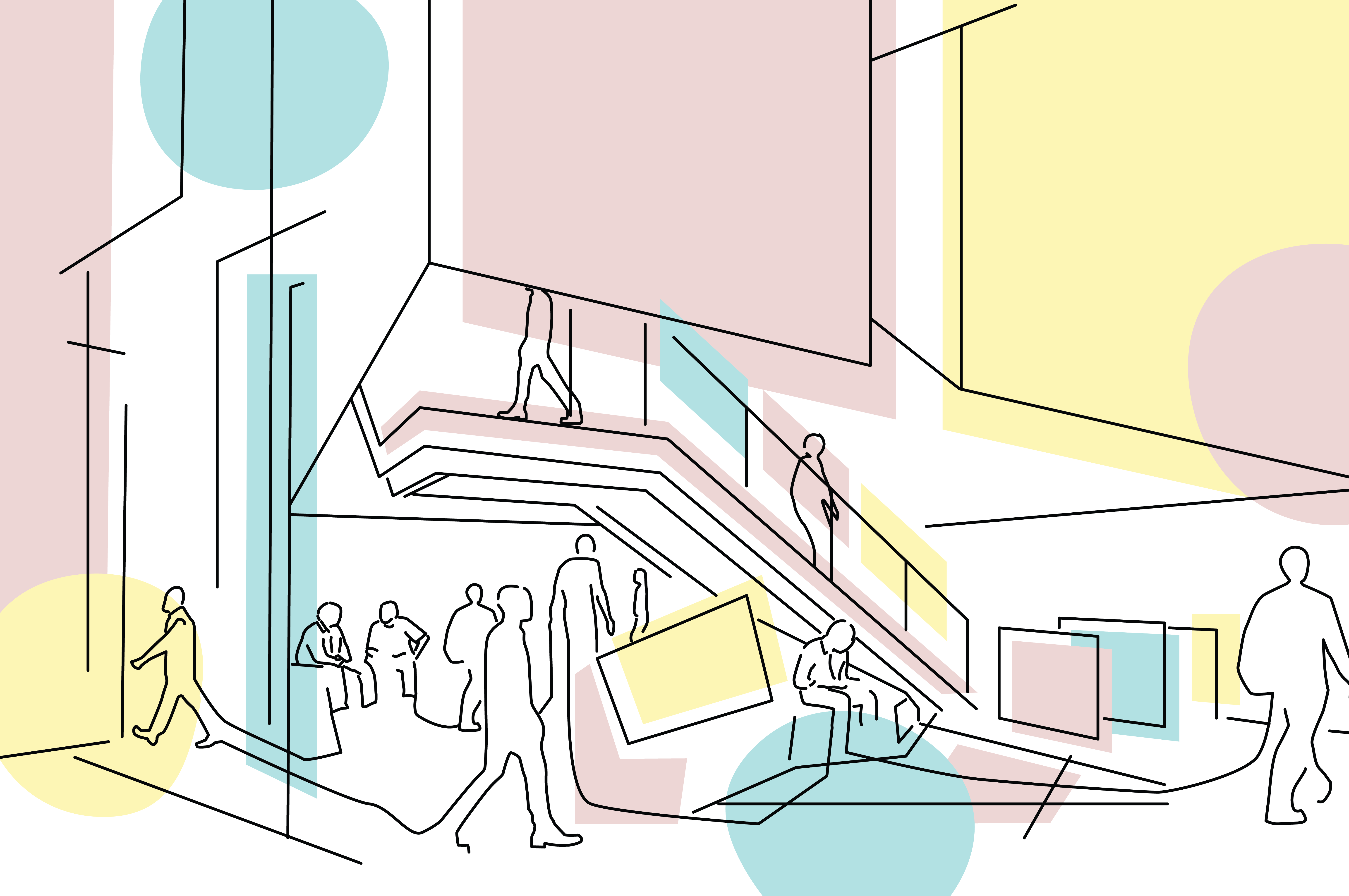Early in 2020 the Luma team submitted a white paper to the IES Visionary Challenge, Beyond 2030: What Do You See? The challenge asked designers to imagine what the state of the lighting industry will be in ten years. Luma’s winning white paper will be published on IES’s blog and is set to be included in a limited-edition hardcover book.
To answer the future-oriented question, Luma’s designers delved into the dynamic realities of how lighting designers are pushing technological boundaries, reshaping the human visual interaction of light with the physical and virtual worlds around us. They explored the intersection between the material elements of light and technology along with how we interact and rely on immaterial elements of data. Each designer set forth their own predictions, which together works as a single theory to showcase a compelling vision of the future. Luminaries that respond to human emotions, improved optical lenses for better energy efficiency, more daylight harvesting, and Material-Integrated Illumination in the form of 3D holographic films, and more.
Zach Suchara, Principal of Luma, rounds the visionary future out with a reminder that the dark is just as important as the light, for without one you cannot have the other. He hypothesizes that just as we will have augmented reality and materials that holistically integrate light and technology, there will be a need for spaces free of digital systems where the warm glow of candlelight is valued and stars shine bright.
“As our future is unwritten, the possibilities are limitless. We, the lighting design community, can play a seminal role in transforming possibility into reality. As such, we have a responsibility to make choices and support ideas, tools, and partners who will help us shape the future responsibly, sustainably, and for the betterment of humankind. Technology will continue to evolve, and we must be more than observers of the evolution if integrity, quality, and humanity are to persevere.
Dream big. Act responsibly. Shape your future.”
